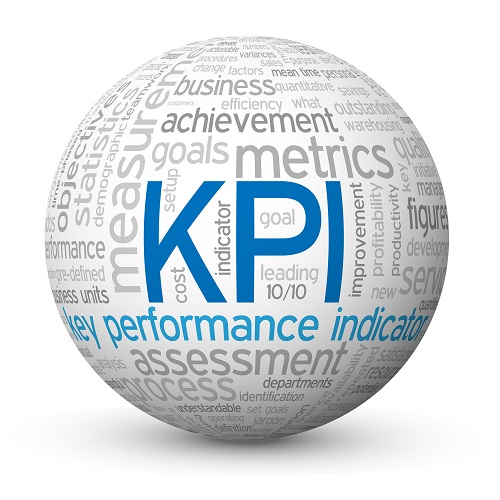Call Tracking Metrics: 7 KPIs That Matter
For most B2B companies and some B2Cs, the complex lead nurturing campaigns and remarketing ad technology at our fingertips are all part of a marathon designed to eventually enable a conversation between our sales reps and the right decision maker.
 Given this, shouldn’t call tracking metrics be as essential, if not even more essential, than all the complex web analytics we now take for granted?
Given this, shouldn’t call tracking metrics be as essential, if not even more essential, than all the complex web analytics we now take for granted?
What happens when a prospect or existing customer picks up the phone to talk to a sales rep is still a mystery to 99% of marketers. If some substantial percentage of B2B online searches result in a phone call, then can we really say we are measuring marketing ROI without call metrics?
Basic Call Tracking Metrics
As someone who was on the agency side for several years, I’ve had the pleasure of introducing several customers to call tracking. These programs were often ratcheted up in increasing stages of complexity, giving each client only the data that was truly actionable. It should be noted that the following basic metrics are usually only enough for startups or small businesses that don’t already have a strong ROI culture.
#1 – Numbers of Sales Calls from a Website or Websites Within a Network:
This metric is useful when a company is operating a network of sites, and needs to see which sites are driving the most sales calls. Even such a basic KPI as this can prompt the retention or complete overhaul of a website. I’ve seen call metrics discover sites that were originally thought of as cost centers because of a low number of online leads be proven to be spectacular at driving calls.
#2 – Number of Calls By Channel
If a company is just getting their feet wet in organic search, paid search, event marketing or other channels, it can be useful to start by merely tracking how often those channels are making the phone ring. At the very least, it’s an indicator as to whether investments in those channels and the messaging associated with each are working or not.
#3 – Call Duration
This is a low-budget method of determining the number of spam calls. Ideally, a rep should be giving marketing real-time feedback by labeling call quality within a CRM or smart application. If you don’t have this luxury, then call duration is a crude method for measuring lead quality. For example, some small businesses will arbitrarily determine that any call that lasts less than one minute is not a marketing qualified lead.
Advanced Call Tracking Metrics
Advanced metrics are all about determining which marketing efforts really drive sales. After all, you could be driving a million leads every month and your reps could still not be hitting their sales quotas. To really do a great job driving these metrics, you’re going to need a powerful call tracking tool that integrates seamlessly with your CRM.
#4 – Leads, Opportunities and Revenue per Channel
These are broad KPIs, but when you can actually gain visibility into both online and offline sales through advanced call tracking, the results are incredibly powerful. To really do this right, you need to quickly provision unique phone numbers for all your marketing channels. This means that each website, business card, eBook and social campaign needs to have a unique phone number. This is a lot easier than it sounds. With services like Revenue.io, you can provision phone numbers instantly and inexpensively and quickly associate them with channel tracking.
#5 – Revenue per Local/Regional/National Campaign
The campaign level is where marketers have the opportunity to get more granular about which regions respond to their message. Imagine that you produce one radio ad, and run it in 50 American cities. The only difference in the ad’s audio message is the phone number at the end of each one, since you have assigned a unique phone number to each market. When the phones start ringing, you’ll get real-time data with each call, showing you exactly which markets respond to your messaging, and which you need to turn down.
#6 – Keywords Driving Leads, Opportunities and Revenue
This is a powerful metric for enterprise companies with strong inbound and demand gen marketing programs. If your AdWords manager has been getting by just seeing the number of calls from Google, providing insight into specific keywords that drive leads, opportunities and revenue will be life-changing. Don’t be surprised if it takes time for patterns to emerge. Like any testing data, the more resources you expend, the faster you’ll see results.
#7 – Calls and Revenue from A/B Landing Page Tests
If you have a reasonably mature SEM campaign and a little development bandwith to spare, you should be A/B testing different landing pages. For any business where calls are even a small component of the sales strategy, unique tracking numbers should be utilized as a part of your conversion data, right alongside other metrics such as form submissions or sales. In many industries, calls can drive many times more revenue than online conversions. Given this fact, you’d be wise to track both the number of inbound calls and the subsequent revenue from each as separate KPIs.